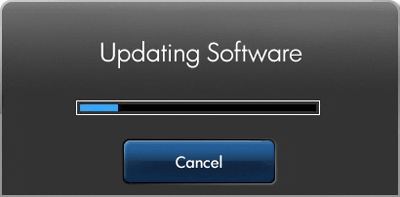 |
| Image source: cybersecurity-insiders.com |
Enhance IT presence and security practices. Small business owners may choose to handle their company’s cybersecurity needs. However, this may not be for the best interest of their business. While it can save them money, allocating budget for the IT systems from the get-go may potentially save more money in the long run. Data breaches can harm a business and are expensive, ranging from $35,000 to $50,000 in recovery expenses. Consider investing in a cyber liability insurance policy to offset the costs by paying for costs such as services for credit monitoring, customer notification, and legal expenses.
 |
| Image source: wired.com |
Maintain end-to-end encryption software, safeguarding point-of-sales systems. Lacking in this area of the business can put not only the company’s sensitive data but also their customers’. Even if black hat hackers can install malware on the POS system, employing end-to-end encryption software protects all information as they are encrypted immediately after being received by through a server.
Founded in 2008, SiteLock is a global leader in business website security solutions, serving over 8 million customers worldwide. For more information about SiteLock, head over to this website.









